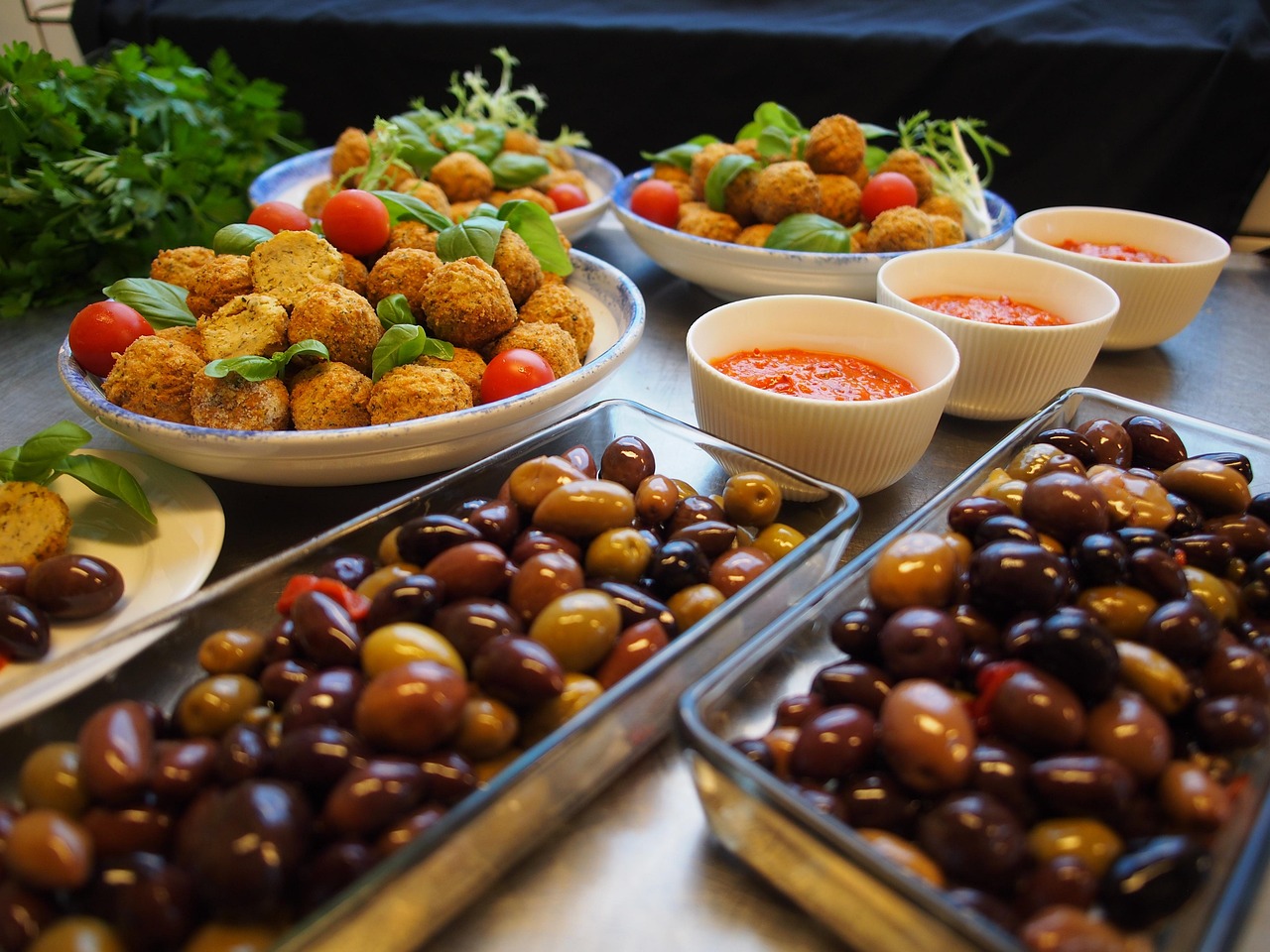Enticing the Palate: Spain's Delightful Tapas Culture
Spain's culinary scene is a tapestry of flavors and traditions that varies from region to region. One of the most iconic Spanish eating habits undoubtedly is the tapas culture. A timeless tradition, tapas are small, flavorful dishes shared among friends and family over good wine and lively conversation.

A Tradition Born out of Necessity
Tapas, originally, were not a culinary choice but a practical solution. In the 13th century, Spanish barkeepers would cover (“tapar” in Spanish) the patrons’ wine glasses with a piece of bread or ham to keep dust and insects away. Over time, these covers became more elaborate, evolving into the diverse range of mouthwatering small dishes we know today.
A Symphony of Flavors
The beauty of tapas lies in their extraordinary variety. From crispy patatas bravas and juicy albondigas (meatballs) to delicate gambas al ajillo (garlic prawns) and tangy boquerones en vinagre (marinated anchovies), the options are endless. Each region in Spain has its own traditional tapas, offering a delightful exploration of the country’s rich culinary landscape.
The Social Fabric of Tapas
More than just a meal, tapas are a way of life. The tradition encourages leisurely conversation and bonding over shared food. This relaxed socializing, known as “tapeo,” is an integral part of the Spanish lifestyle, fostering community and promoting the joy of good food and companionship.
Tapas at Home: A Creative Endeavor
Embracing the tapas culture at home can be a fun and creative culinary adventure. With no fixed rules, you can experiment with ingredients and flavors to create your own tapas. From traditional Spanish recipes to innovative fusion dishes, the possibilities are limitless.
Tapas: A Culinary Journey
Tapas are not just about savoring delicious food; they represent a culinary journey, a celebration of Spain’s rich food culture, and a testament to the joy of sharing good times with loved ones.
Quick Bites: Tapas Trivia
- The word “tapa” literally translates to “cover” or “lid” in Spanish.
- Some tapas have humorous names like “broken eggs” (huevos rotos) or “Russian salad” (ensaladilla rusa).
- Seville is considered the birthplace of tapas culture, and its bars offer some of the most diverse tapas selections.
- Many tapas are served on a slice of bread, a nod to their historical origins.
In conclusion, the tapas culture is a fascinating facet of Spanish gastronomy that offers a unique and engaging dining experience. It’s a testament to the country’s love for good food, good wine, and good company. So, the next time you’re planning a meal, why not take a page from Spain’s culinary book and turn it into a tapas party? It’s a delightful way to explore new flavors, enjoy a variety of dishes, and create a memorable culinary experience.




